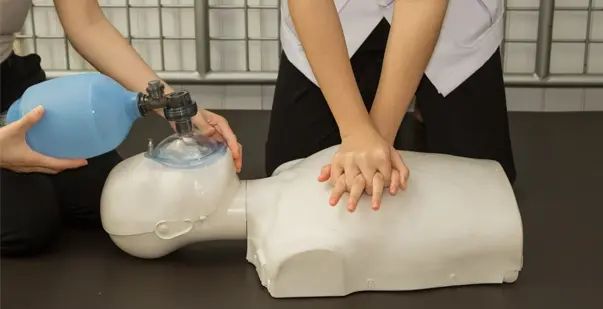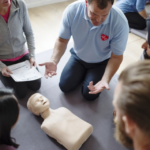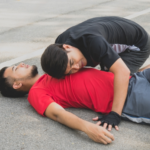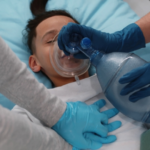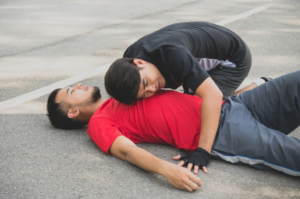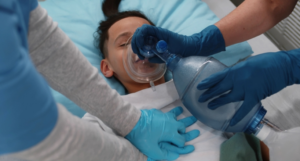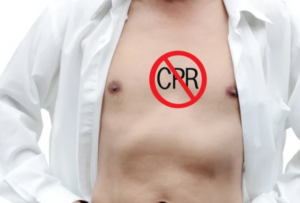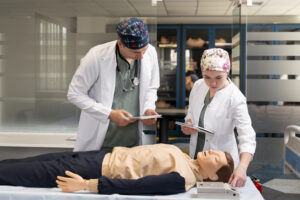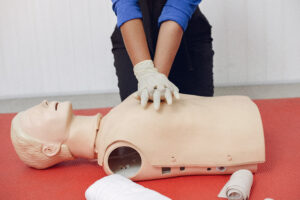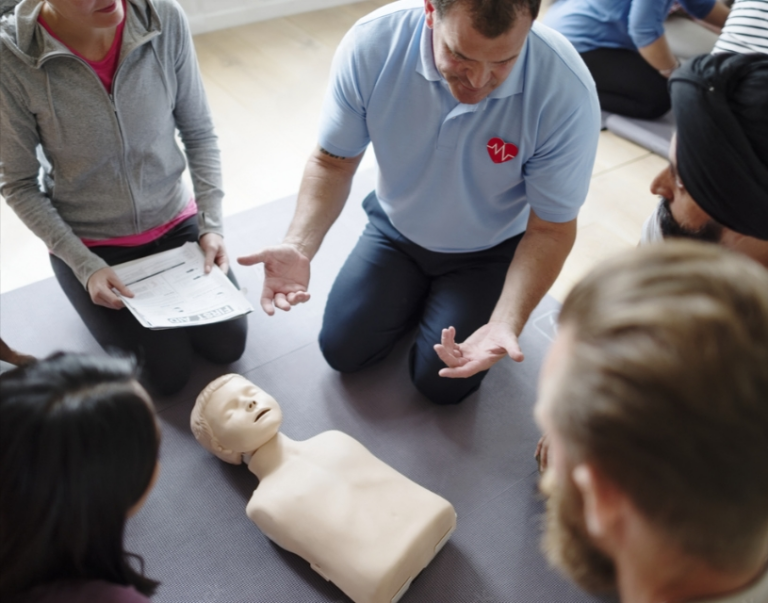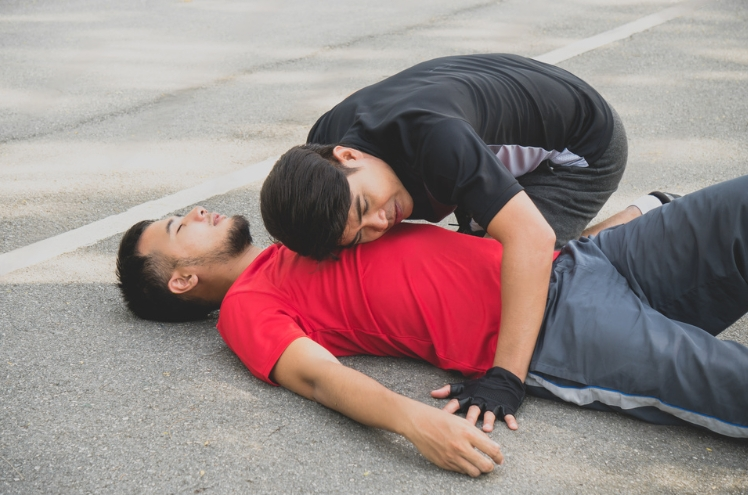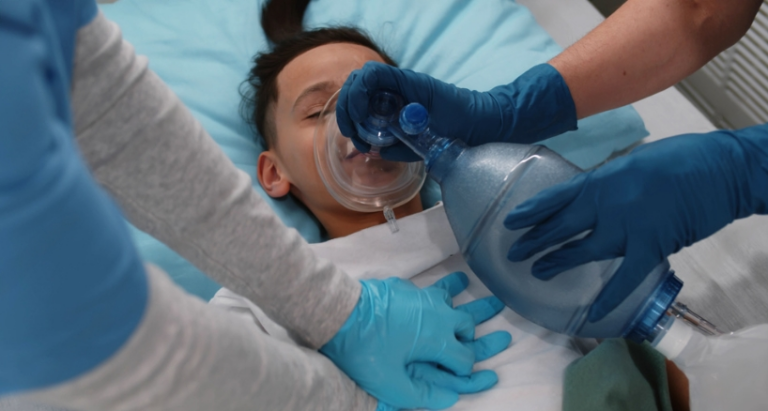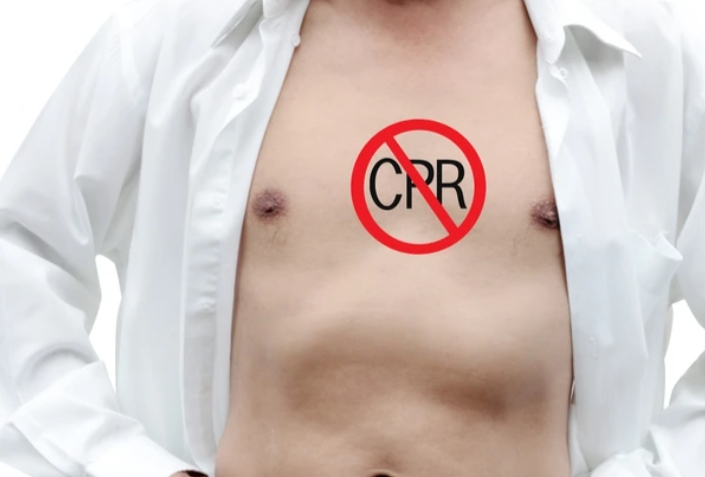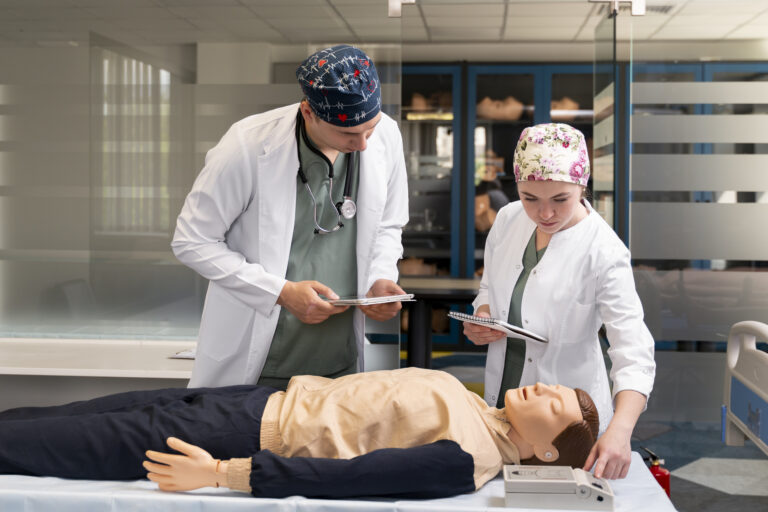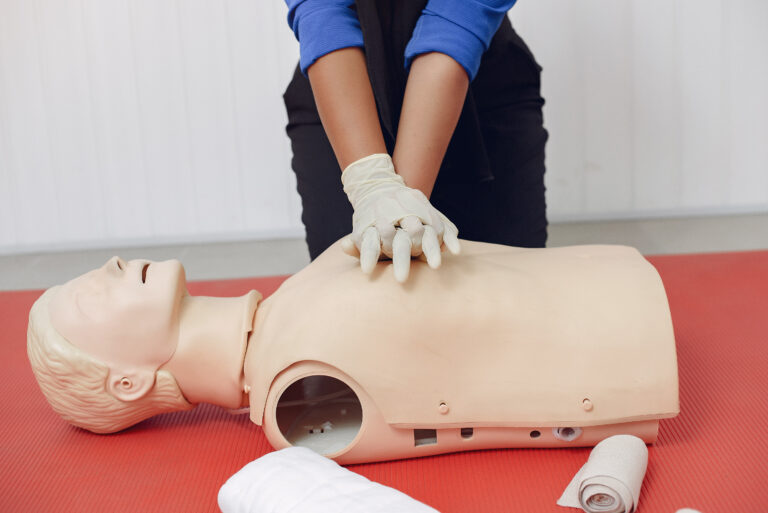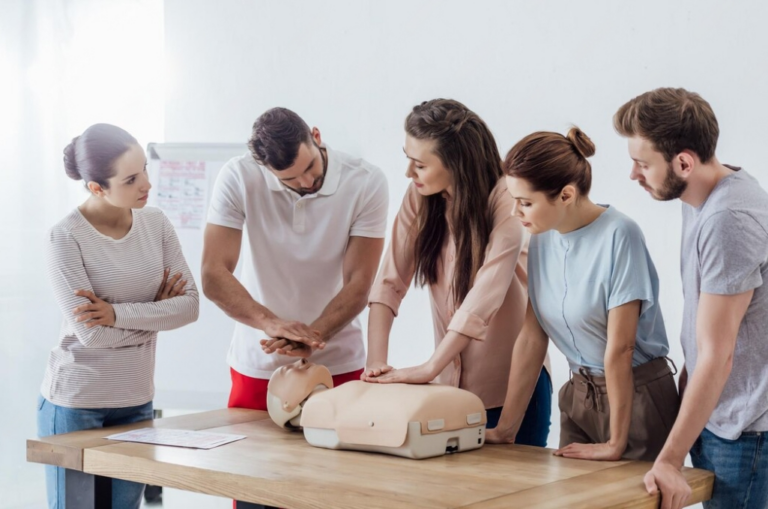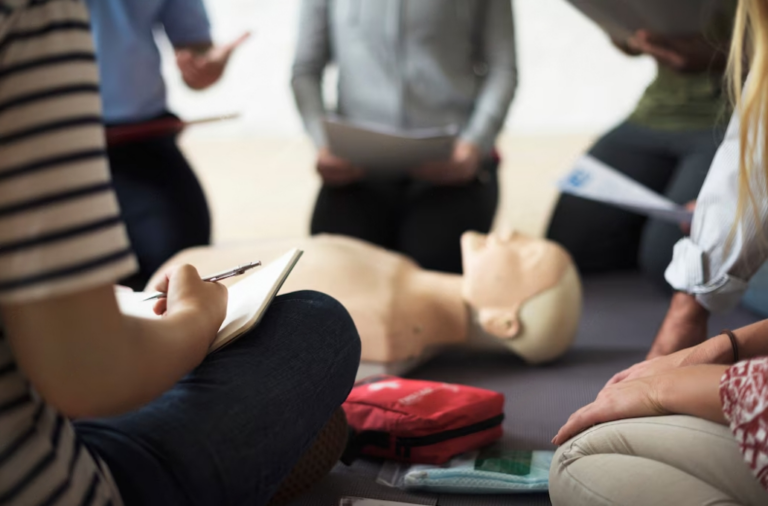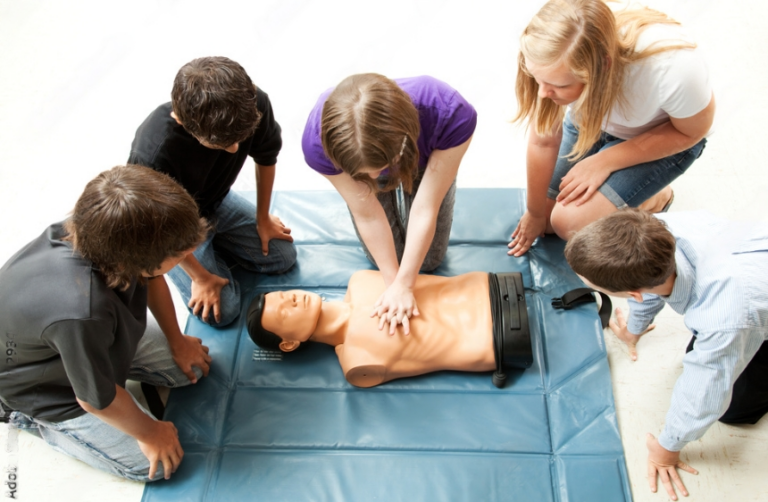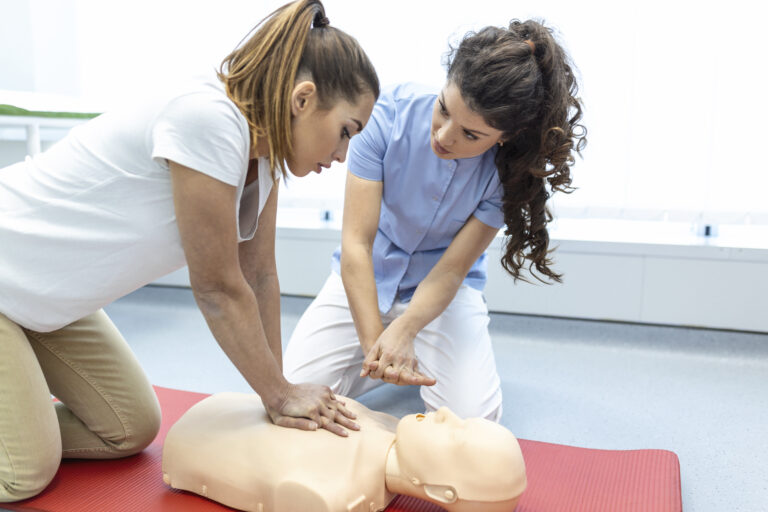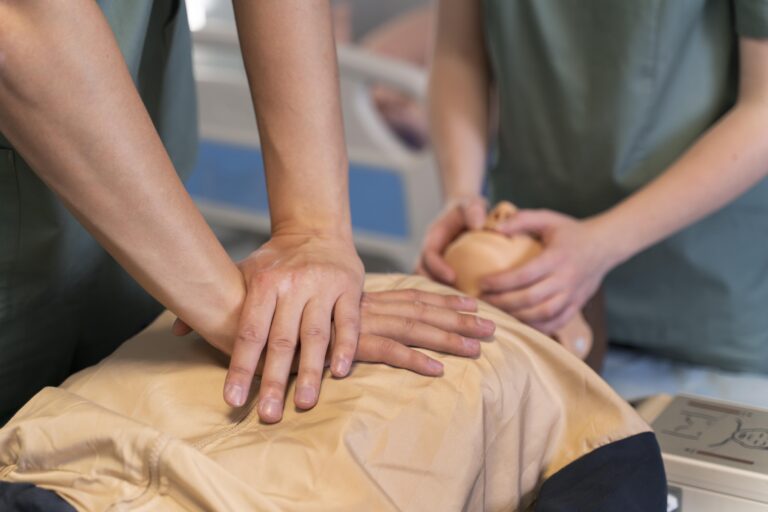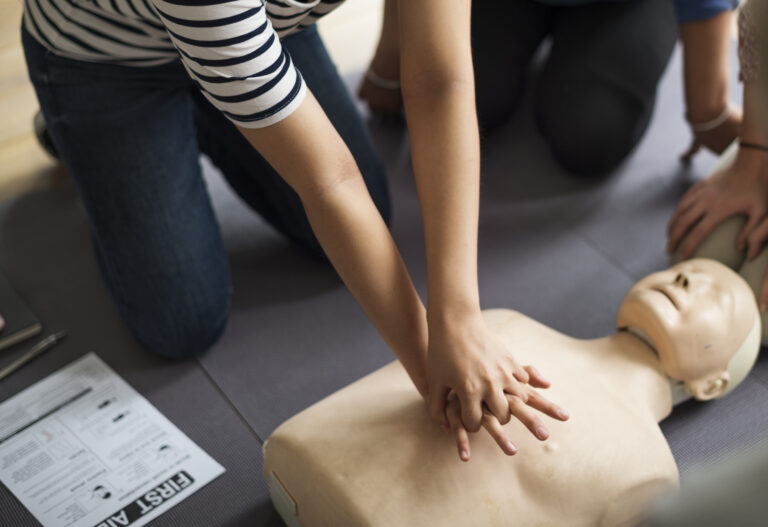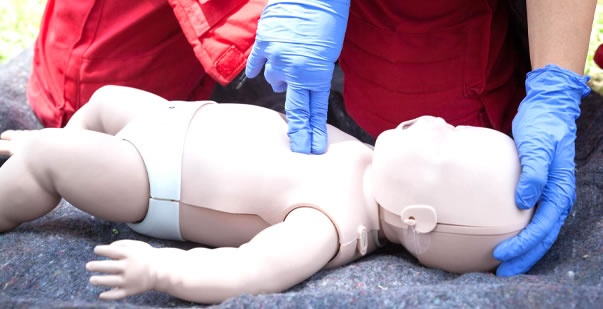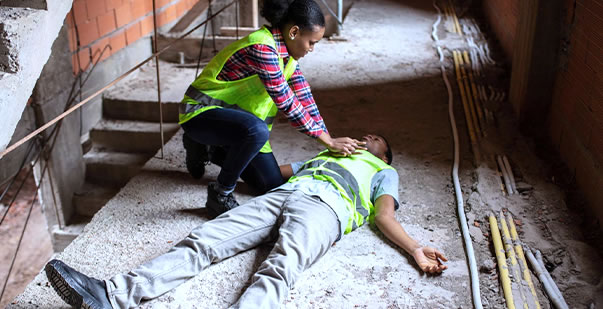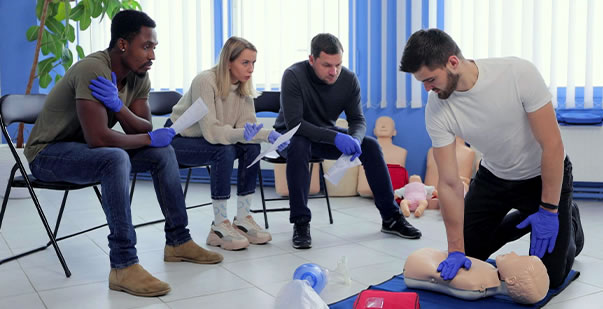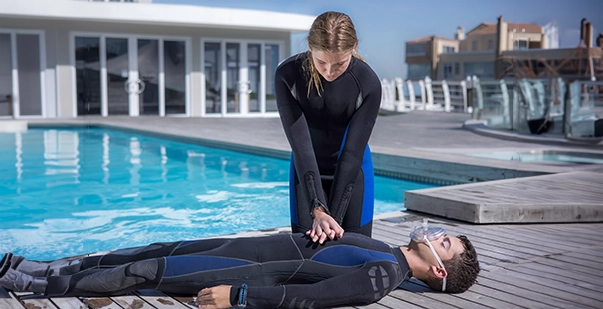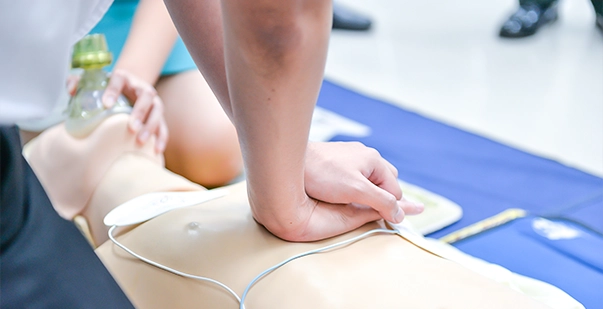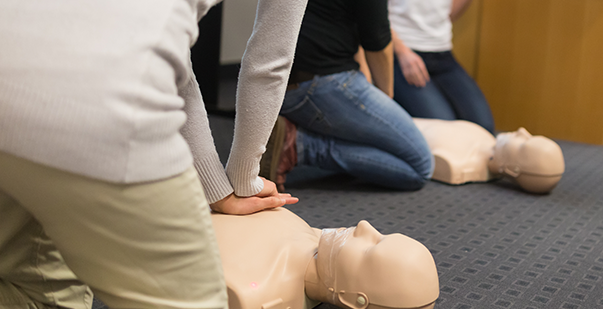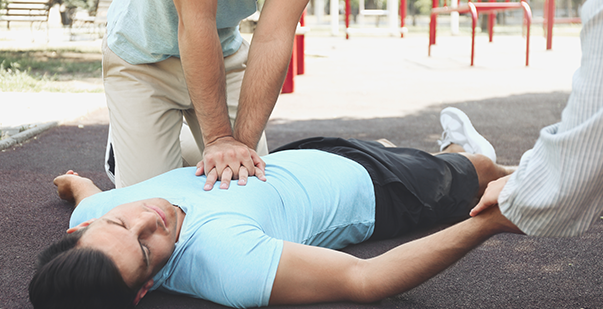Two-person CPR is an effective way to perform CPR and is often preferred over one-person CPR. The primary difference between the two is that two-person CPR involves a second rescuer to help out with the chest compressions and rescue breaths. This makes the process much easier, as the rescuer can take turns doing chest compressions and providing rescue breaths. It also minimizes the interruption of chest compressions for rescue breaths.
To perform two-person CPR, the second rescuer should call emergency medical help and then open the airway of the patient. The two rescuers need to switch positions after two minutes or after every five cycles of compressions and breaths. The ratio for two-person CPR for an adult victim is 30 compressions to 2 breaths, while for a child or infant, the ratio is 15 compressions to 2 breaths.
For a better understanding and to perform effective CPR, we advise that you take a training course in CPR. Many institutes offer regular and online CPR training and certification courses. One such training provider that stands out is American HealthCare Academy. They offer one of the best online CPR training with nationally accredited continuing education (CE) credits. Whether you are a stay-at-home individual or a working professional their online training is designed to fit into everyone’s schedule. It offers great flexibility and freedom to complete the course at your pace. Enroll today and learn CPR to save a life!
Basics of one-person CPR technique
Cardiopulmonary resuscitation (CPR) is an important life-saving technique. It can be performed by a single person, either when administering aid to an unresponsive person or when you are alone and have no one to help.
The basics of one-person CPR are as follows:
- Check the victim’s response and call 911 immediately.
- Open the airway. Gently tilt the head upwards and lift the chin.
- Check for breathing by placing your ear close to the victim’s mouth and nose.
- If there is no breathing, begin chest compressions.
- Place the heel of one hand in the center of the chest and the other hand on top of the first.
- Push straight down, compressing the chest by at least 2 inches.
- Allow the chest to rise between compressions.
- Continue compressions at the rate of 100-120 per minute.
- Administer rescue breaths by tilting the head back and lifting the chin, then pinching the nose shut and covering the mouth with your own.
- Blow in for one second at a time until the chest rises.
- Give two rescue breaths for every 30 chest compression.
- Continue CPR until professional help arrives or the victim begins to breathe again.
4 FAQs on One-Person CPR vs. Two-Person CPR
1. When is one-person CPR needed?
One-person CPR is typically needed when a person is unresponsive and not breathing. It is a lifesaving technique that should be used when a person is in cardiac arrest, which is a sudden loss of blood flow to the heart. One-person CPR involves chest compressions to restore blood flow to the heart and brain, as well as rescue breaths to provide oxygen to the body. It is important to call 911 and get help from medical professionals as soon as possible. Early and accurate CPR can mean the difference between life and death.
2. What is the ratio for one-person CPR?
Generally, the ratio for one-person CPR is 30 compressions to two breaths. This ratio is based on the 2015 American Heart Association guidelines for cardiopulmonary resuscitation (CPR). During CPR, one should alternate between 30 chest compressions and two breaths, repeating the cycle until emergency medical services arrive or until the person is resuscitated. It is important to note that chest compressions should be done at a rate of at least 100-120 per minute. Additionally, one should take care to check the person’s pulse every few minutes and follow the appropriate procedures in the event of an out-of-hospital cardiac arrest.
3. What is Two Rescuer BLS / CPR?
Two Rescuer BLS/CPR is the combination of chest compressions and rescue breaths performed by two people to provide lifesaving support to a victim of cardiac arrest. This technique covers two Rescuer BLS / CPR, Adult Mouth To Mask Ventilation, and a combination of both. The compression-ventilation ratio is 15 compressions to 2 mouth-to-mouth ventilations when the victim is not intubated.
4. What is the importance of CPR?
CPR, or cardiopulmonary resuscitation, is a lifesaving technique used in many emergencies to restart someone’s circulation and breathing. It is an important skill that can help save lives when a person experiences cardiac arrest. As stated in [3], CPR is a vital skill to have in an emergency as it can help to restart a person’s circulation and breathing. It is important to know how to do CPR correctly, as this can be the difference between life and death for a victim of cardiac arrest.
Conclusion
As a healthcare provider or a layperson, you can always be prepared to handle a cardiac emergency by learning CPR and AED. CPR Care Near Me is the right platform if you are looking for a CPR training and certification provider. Train yourself in CPR and become a Good Samaritan!

